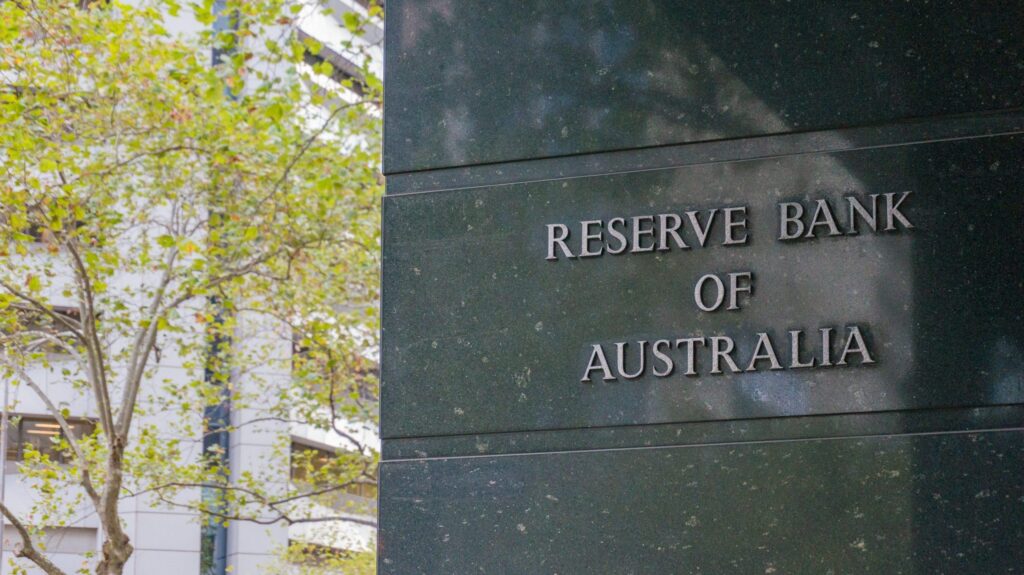Board’s Cash Rate Decision
The Reserve Bank Board has decided to maintain the cash rate target at 4.10% and the interest rate paid on Exchange Settlement balances at 4.00%. This decision comes after a 4 percentage point increase in interest rates since May last year. With higher interest rates working to create a sustainable balance between supply and demand, coupled with the existing economic uncertainties, the need to monitor the impact is crucial.
Rationale
The unchanged cash rate allows time to evaluate the impact of previous interest rate changes on the economy. The approach will enable better judgment on addressing concerns involving economic outlook and inflation trends.
Current Inflation Trends
Although Australian inflation has peaked, it remains high and is expected to persist for some time. Timely indicators suggest that goods price inflation has slowed down, but service prices are still escalating, with rent inflation and fuel prices becoming more noticeable. Central forecasts project that the CPI inflation will decline to the 2-3% target range by late 2025.
State of the Australian Economy
Economic growth in Australia has surpassed expectations for the first half of the year, but it remains under trend. Household consumption growth is weak, dwelling investments are sluggish, and high inflation has been affecting Australians’ real incomes. Despite tight labor market conditions showing some relief, unemployment rates are predicted to rise gradually to around 4.5% by late next year. Although wages have increased over the past year, their growth is consistent with the inflation target, provided productivity growth picks up.
Forecasts
Inflation is anticipated to return to the 2-3% target range, with output and employment continuing to grow. However, uncertainties still surround the outlook: services price inflation has been persisting overseas, and a similar trend might transpire in Australia. Groups must also consider the potential lag in monetary policy effects, responses in firms’ pricing decisions, and wage trends amid slower economic growth and tight labor markets.
The outlook for household consumption remains uncertain: while some families are burdened by financial struggles, others are benefiting from increased housing prices, significant savings buffers, and higher interest incomes. On a global scale, the Chinese economy’s outlook is uncertain due to ongoing stresses in their property market.
Further monetary policy tightening may be needed to ensure inflation returns to its target within a reasonable timeframe. However, this decision will depend on the data and evaluation of risks. In determining its course of action, the Board will stay vigilant to global economic developments, household spending trends, inflation outlook, and labor market conditions. The Board remains committed to bringing inflation back to target and will take the necessary steps to achieve that outcome.












